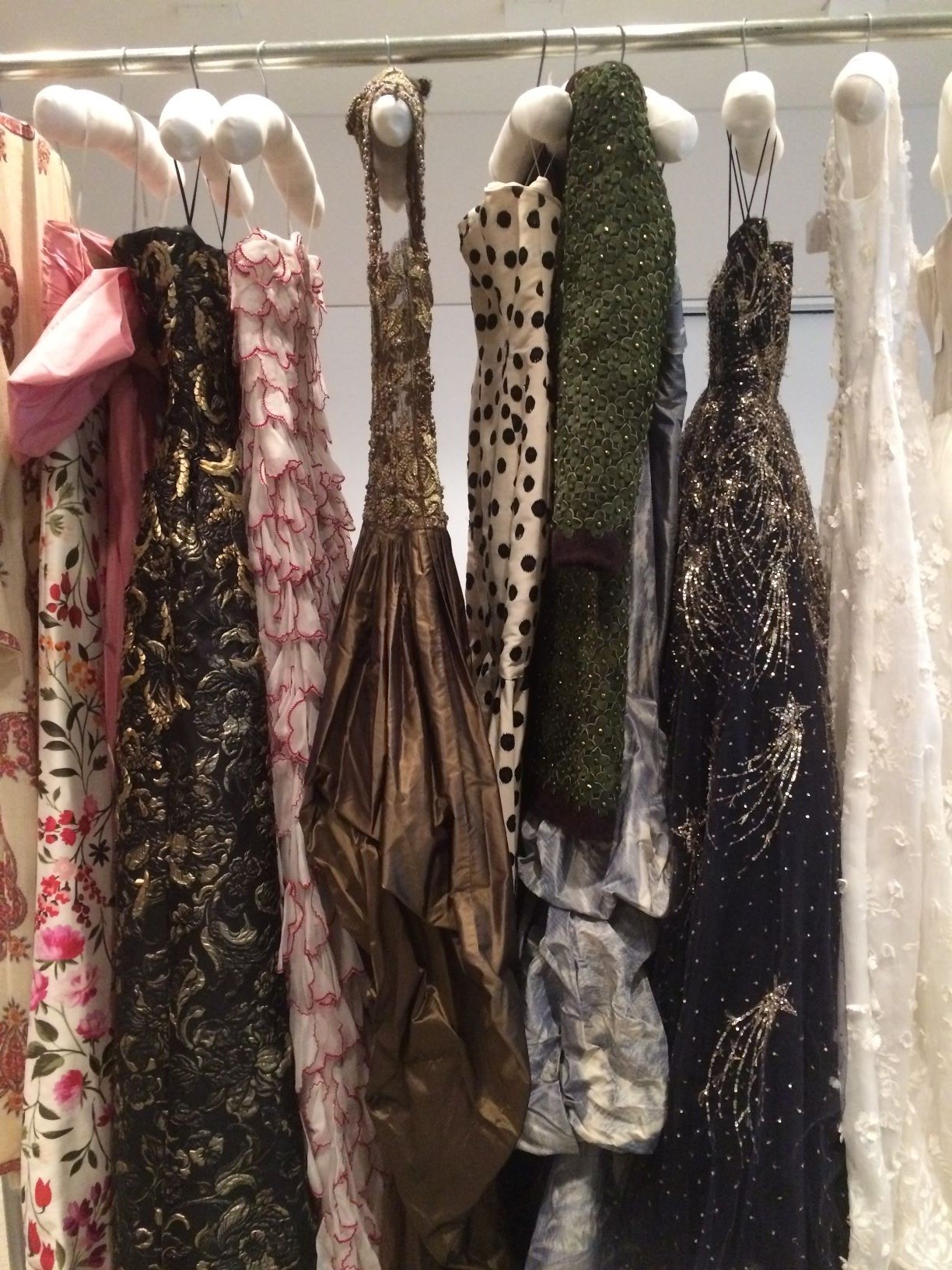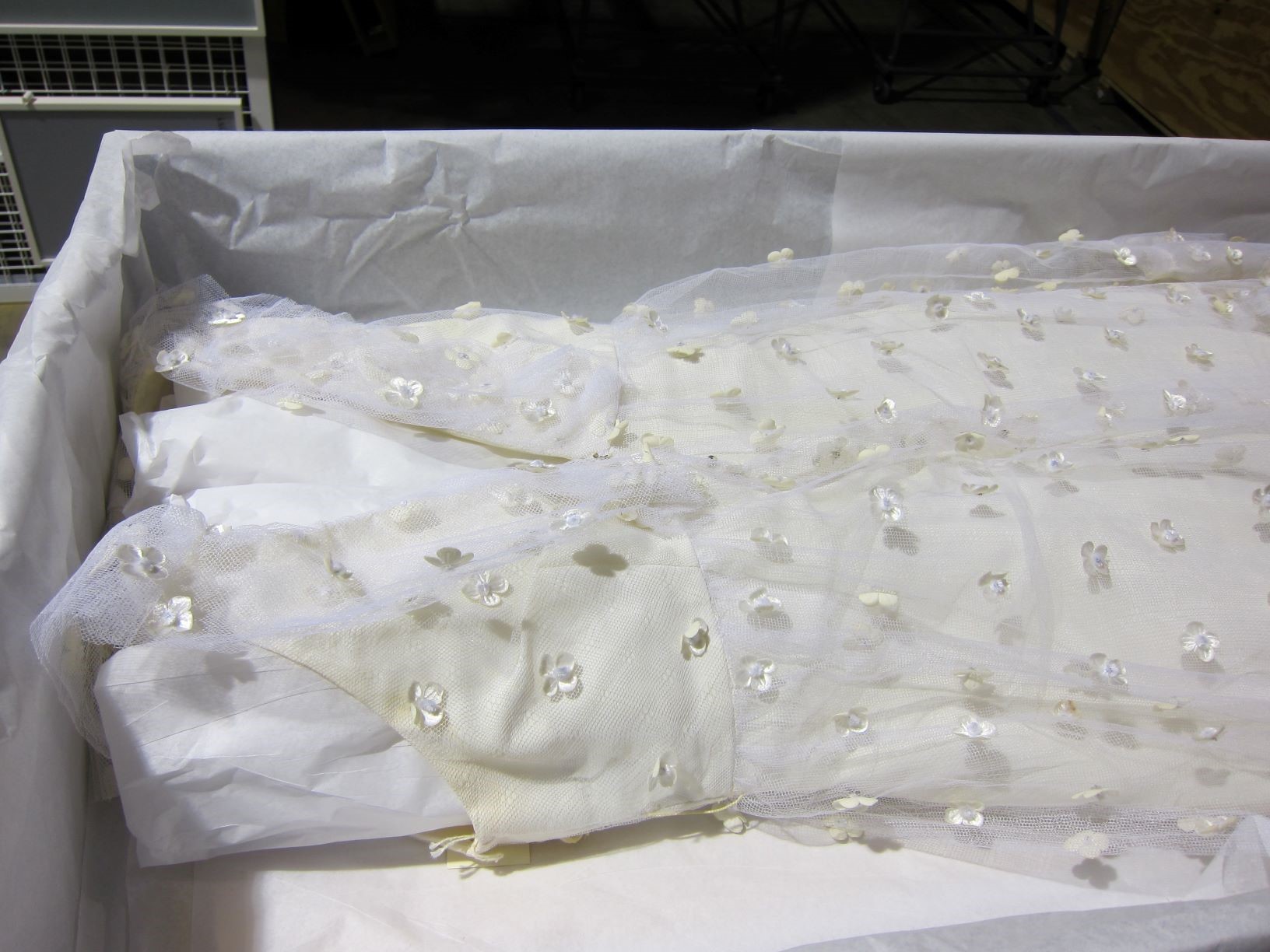Care Like a Conservator: How to Preserve Your Treasures at Home April 7, 2020
Per Knutås, head of conservation, talks about preserving important objects, whether in a museum or at your home.
The MFAH has a great team of conservators caring for the collections. Most people think of conservators using tiny brushes and cotton swabs to repair objects. True, but that’s just one aspect of what we do. An important step of conservation is to slow down inevitable degradation and to prevent damage.
Slowing the Inevitable
At the Museum, we control the temperature and humidity in the air, restrict light levels, and check for insects around the artwork. Drastic changes in temperature and humidity can cause the splitting of wood or flaking of paint. Strong light, from either direct sunlight or a spotlight, can fade colors and speed up degradation. Spiders are usually okay, but other insects feed on paper, textiles, and wood. We, of course, make sure that they are not invited to the Museum.
We tailor our environment to provide the best possible conditions for the collections so that our common history can be passed on for generations to come. It’s called “preventative conservation,” and it’s something you can do, too.
Preventative Conservation at Home
If you have items in your home that you would like to pass on, there are simple steps you can follow yourself, very much like we do at the MFAH.
• Do you have an old photo album of family and friends?
Make sure you don’t glue the photographs to the album leaves. Use photo corners, and be very careful not to crease the photographs. Store the album in a dry, cool place (away from sunlight and radiators).


• Did you keep your wedding dress?
Make sure to hang it with a padded hanger, to disperse the stress on the seams or fibers. Seal it in a bag to prevent insects from destroying the dress. Check the dress and the bag at least once a year. Look at the bottom of the bag to see if you can find shells from larvae or dead beetles—a sign that the bag is not fully sealed. If that happens, take the dress to a dry cleaner and reseal the dress in a better bag.
• Do you have any works of art on paper? (Drawings, watercolors, prints, etc.)
Make sure to hang them away from direct sunlight. Not only does direct sunlight fade the colors quickly, it can also break down the paper and make it brittle to the touch. If you have something extra-valuable to you and your family, take it to a framer to replace the glass with UV-filtering Plexiglas. It’s a little more costly than regular glass, but it will slow down the degradation significantly.






